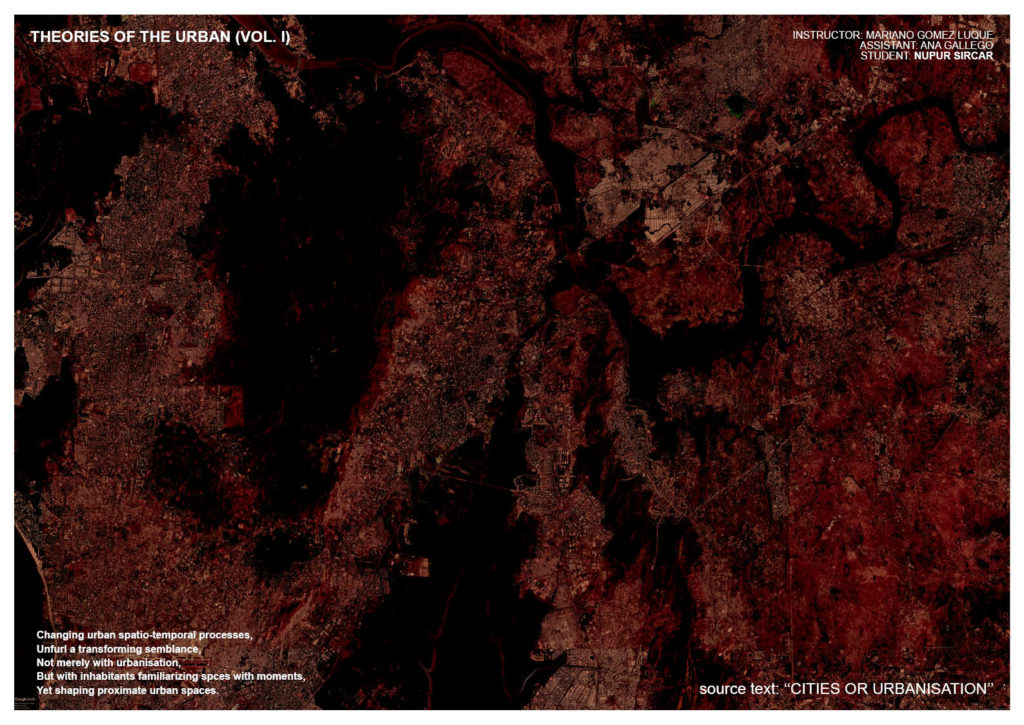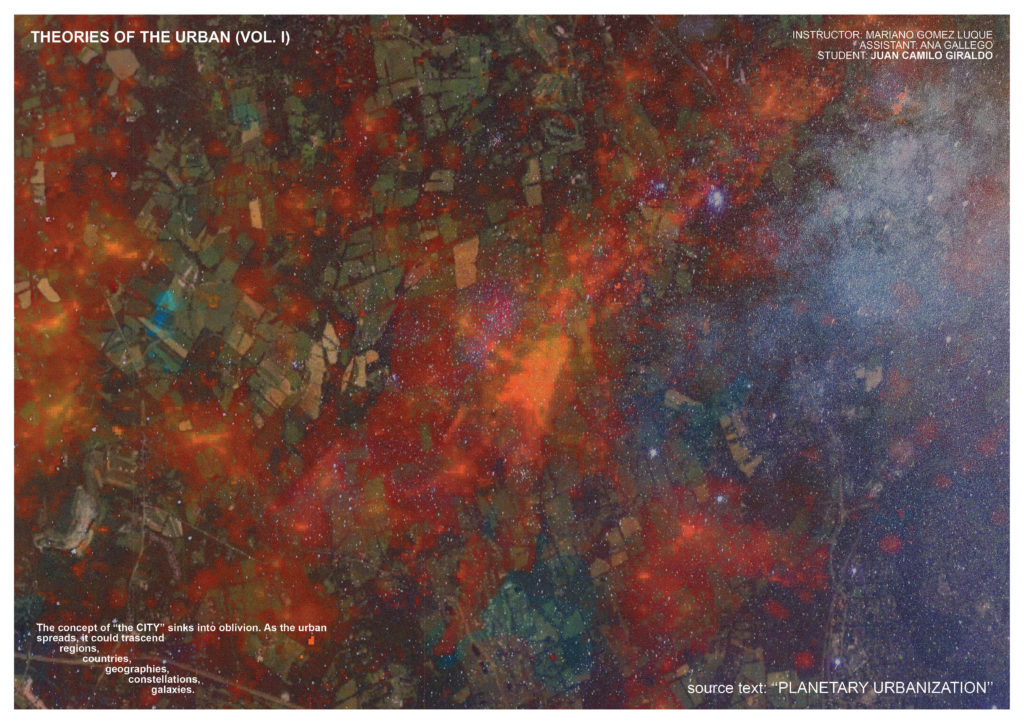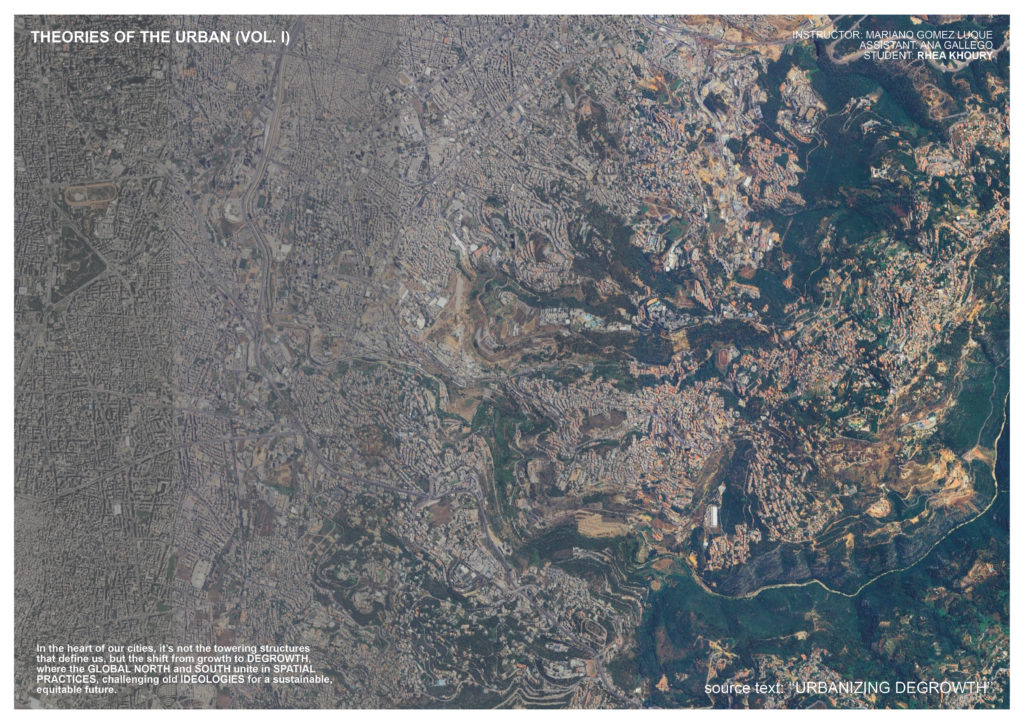Harnessing AI to deconstruct text to visuals
Introduction
Welcome to our exploration of urban theory, where we decipher the complexity of urban theory through the lens of imagery and aphorisms. We—three students with diverse perspectives—have delved into the intricate narratives and critical readings to let us translate them to critical urban thinking. This blog post is a visual and intellectual collage, piecing together our interpretations and insights from various passages studied throughout the class. Each image shown has been carefully manipulated to not merely depict, but also to question and communicate the multifaceted phenomena that shape our urban environments. Accompanying these visual stories are aphorisms, succinctly capturing the essence of our learnings. Join us as we navigate through the realms of urban transformation, planetary urbanization, and the provocative concept of urbanizing degrowth.



Conclusion
As we conclude our exploration, the images and aphorisms curated in this blog post are demonstrations of dynamism of critical urban theory materialised into exercises of abstraction. We have understood how to rethink planetary processes of urbanisation, constantly evolving and adapting. Through our visual interpretations, we have attempted to bring forth the subtleties and complexities of urban growth, decay, and transformation. These manipulations serve not just as academic exercises but as a dialogue with the urban itself—a commentary on how spaces are inhabited, shared, and experienced. The discussions initiated here are mere starting points, as urban theory is an ever-expanding field, rich with possibilities for reimagining the seamless extent of urban growth and degrowth.

